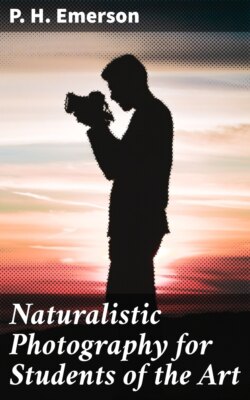Читать книгу Naturalistic Photography for Students of the Art - P. H. Emerson - Страница 13
На сайте Литреса книга снята с продажи.
Monarchies of Western Asia.
ОглавлениеAssyrian art.
Assyrian art differed from that of Egypt in that the outline of the figures was much stronger, and that they painted their bas-reliefs; but the “imitation of nature was the watchword” in Assyria, as it was in Babylon.
Assyrian bas-reliefs.
In studying the Assyrian bas-reliefs, those interested in the subject should go to the Assyrian rooms in the basement of the British Museum, and look at the reliefs of Bani-Pal—the famous lion-hunting scenes. |The lion-hunt.| There is, of course, much conventionality in the work, as there was in that of the Egyptians; but no observer can fail to detect that the Assyrians were naturalistic to a degree that strikes us as marvellous when we consider the subjects they were treating. Note the lioness, wounded in the spine, dragging her hindquarters painfully along. Does this not give a powerful impression of the wounded animal? and does it not occur to you how wonderful was the power of the man who in so little expressed and conveys to you so much. Consider when those Assyrian sculptors lived. Look, too, at the bas-reliefs numbered 47 and 49; and in 50 note the marvellous truthfulness of impression of the horseman, who is riding at a gallop. There is life and movement in the work, though there is much scope for improvement in the truth of the movements. Look, too, at the laden mules in bas-reliefs numbers 70 and 72. Such works as these were done by great men in art, and though crudeness of methods prevented them from rivalling some of the later work, their work is at least honest, and, as far as it goes, naturalistic. The work does not say all that there is to say about the subject; but it does say much of what is most essential, and by doing that is artistically greater than work done by scores of modern men. |Historical value of the bas-reliefs.|In addition to their artistic value, how interesting are these works as records of history. Indisputable, as written history can never be, they are to us a valuable record of the life and times. They constitute historical art in its only good sense.
